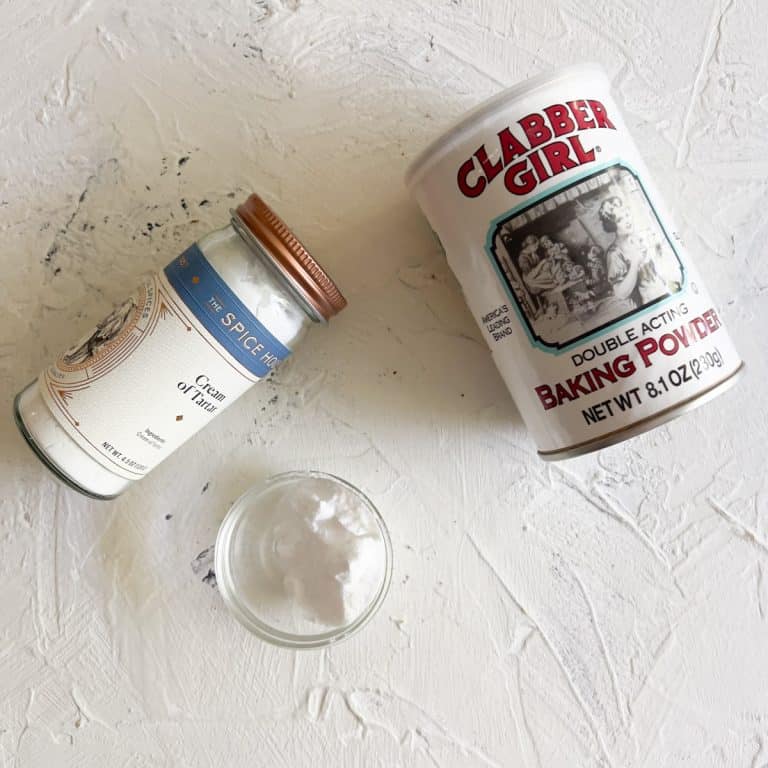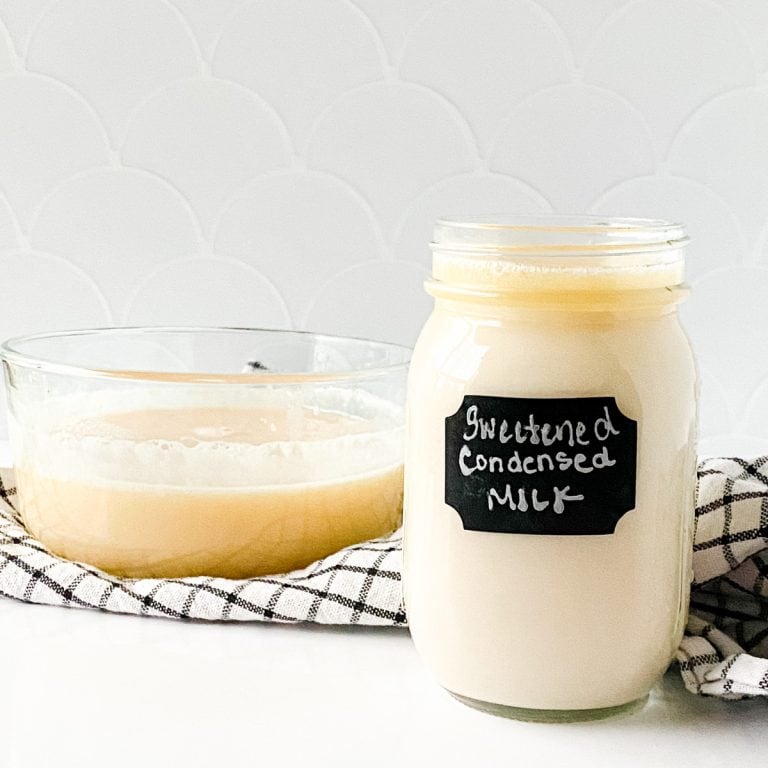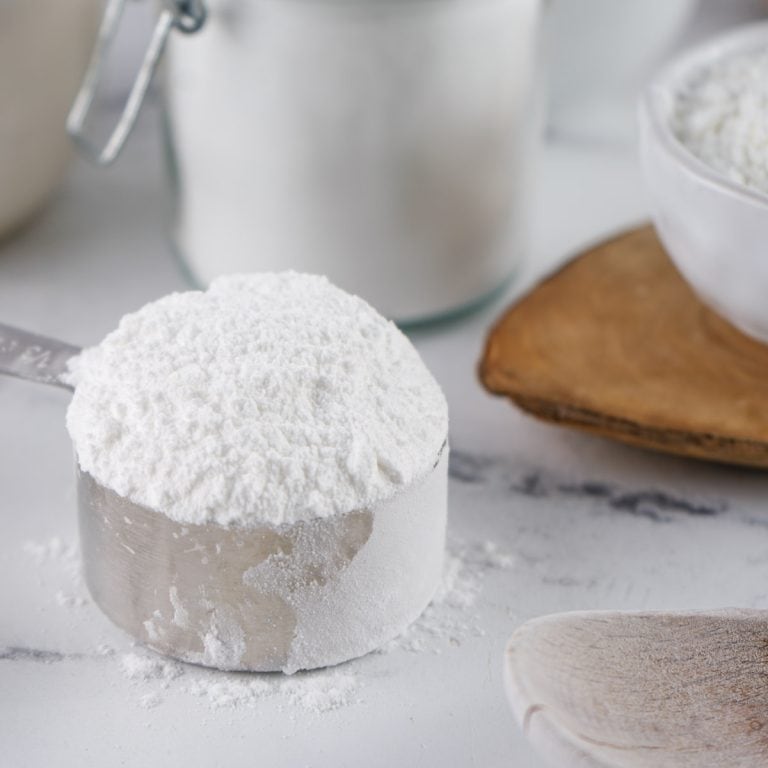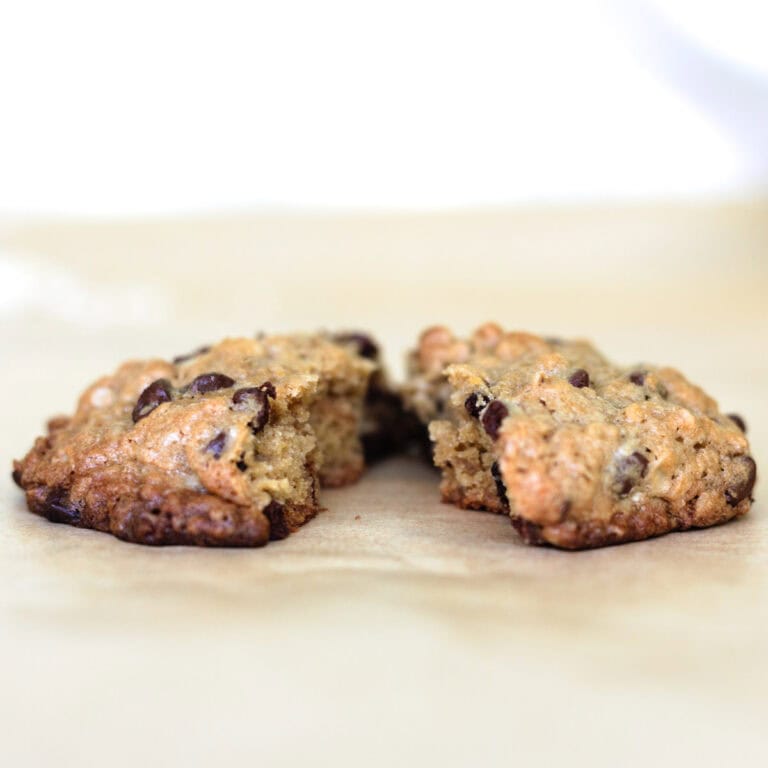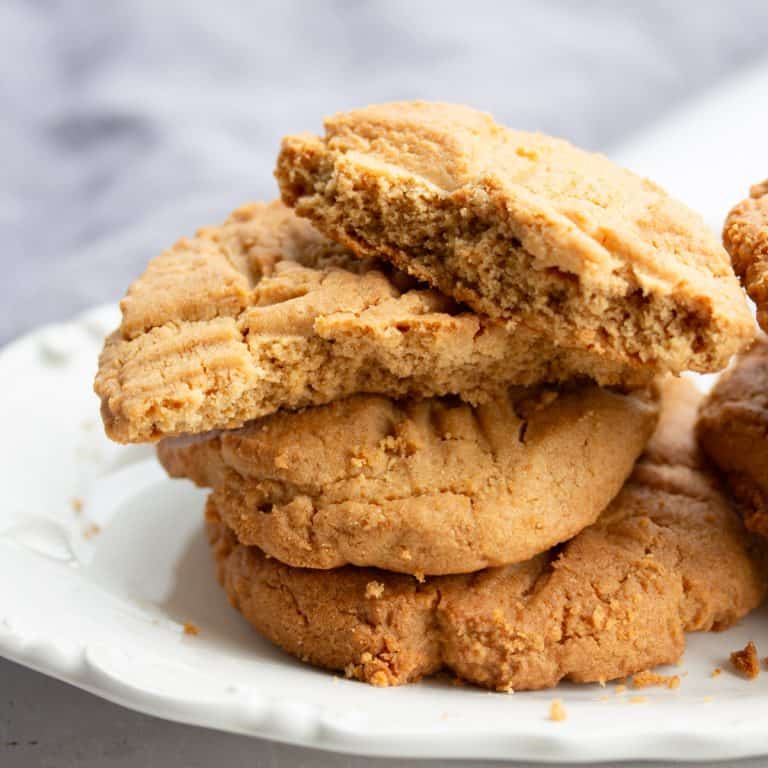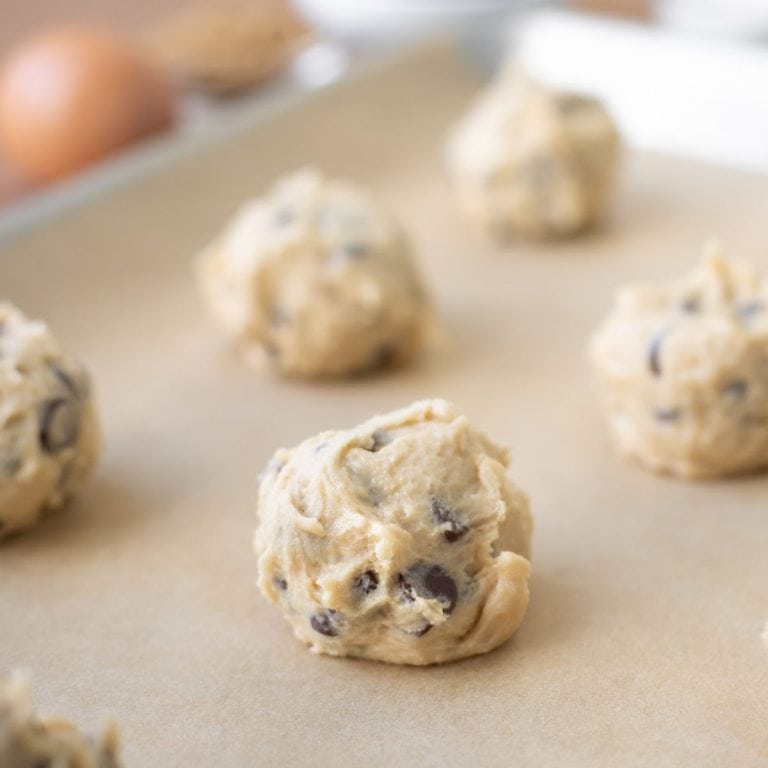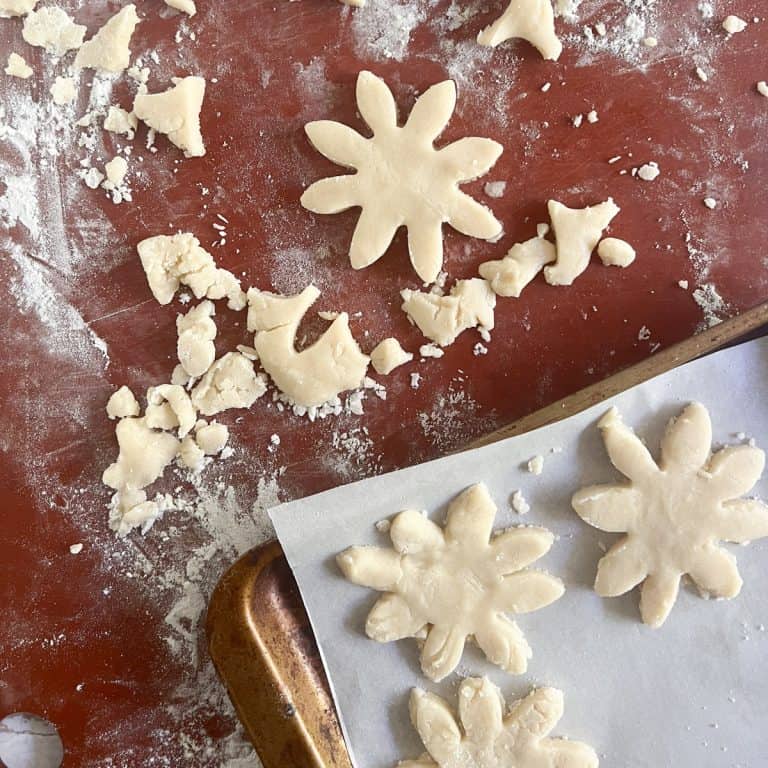When it comes to baking cookies, the type of flour you use can significantly impact the texture, flavor, and overall outcome of your treats. Understanding the different types of flour available and how they affect your cookie recipes is essential for achieving the perfect batch every time. Here’s a guide to some of the most commonly used flours in cookie baking.
While you are in cookie a mood, you might also enjoy reading about different types of sugar for cookies.
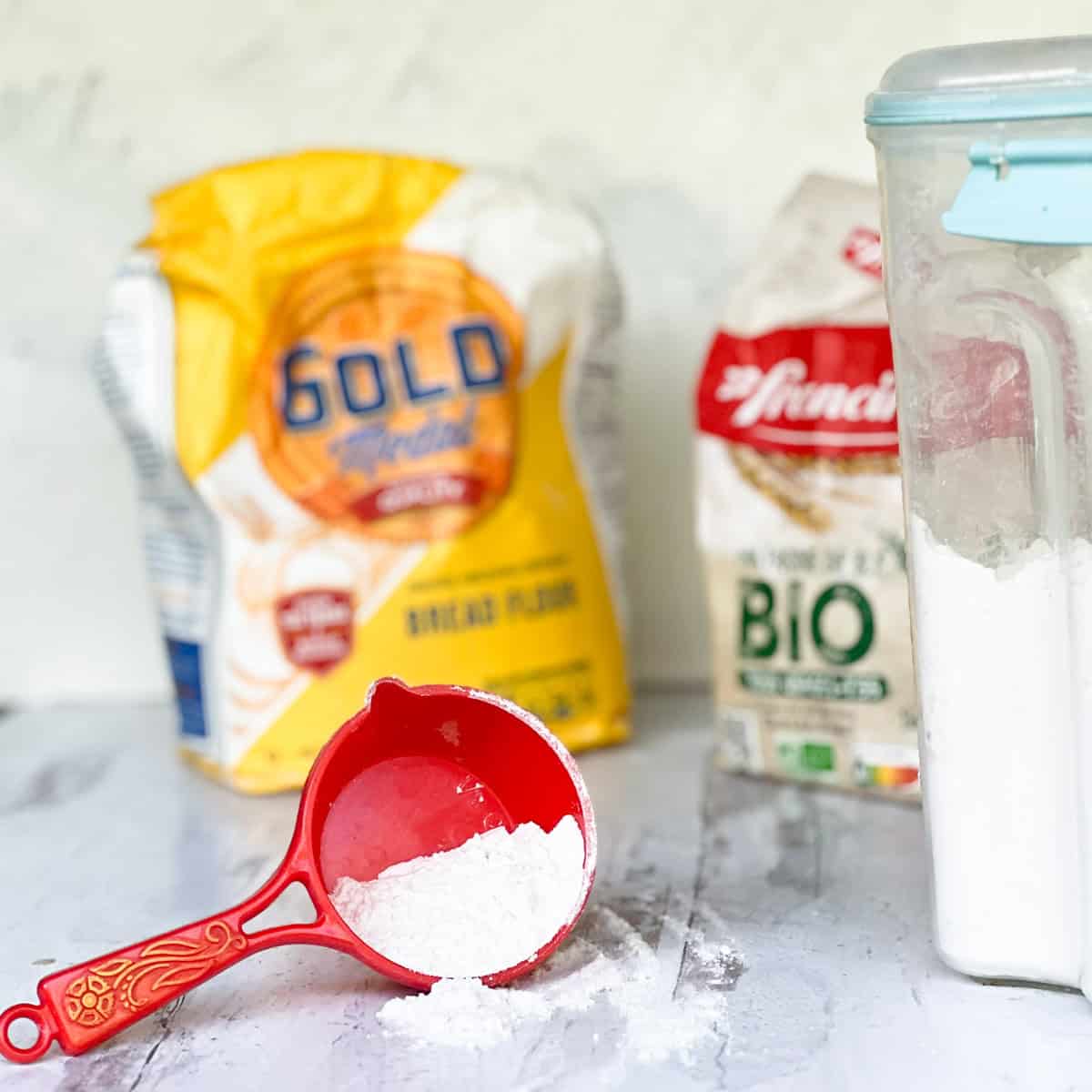
1. All-Purpose Flour
All-purpose flour is the most commonly used flour in cookie recipes. It has a balanced protein content, making it versatile for a wide range of baked goods. This flour provides structure while keeping cookies tender. This is the flour I use when making my just like Grandmas butter cookies recipe!
2. Cake Flour
Cake flour has a lower protein content than all-purpose flour, resulting in a finer, lighter texture. It’s ideal for making soft, tender cookies. What to experiment but don;t have any cake flour in the pantry? You can make your own! Sift together 1 3/4 cups all purpose flour and 1/4 cup cornstarch.
3. Bread Flour
Bread flour has a higher protein content than all-purpose flour, which gives cookies a chewier texture. It’s great for cookies that require a bit more structure and chewiness.
4. Almond Flour
Almond flour is made from finely ground almonds and is often used in gluten-free baking. It gives cookies a rich, nutty flavor and a slightly chewy texture. Check out the Well Fed Baker for gluten free cookie recipes.
Each type of flour brings unique qualities to cookie recipes, from the structure provided by bread flour to the tender crumb of cake flour and the rich flavor of almond flour. Experimenting with different flours can help you discover new favorites and perfect the texture and taste of your cookies. Whether you’re baking classic chocolate chip cookies or trying out a new gluten-free recipe, choosing the right flour is key to achieving delicious results.
What about Self-Risng Flour for Cookies?
Self-rising flour could be used for making cookies, but it’s not always the best choice. Self-rising flour contains baking powder and salt, which are typically used to help baked goods rise. Here are some considerations:
Pros:
- Convenience: Self-rising flour can simplify the baking process by combining several ingredients into one.
- Consistency: It can provide consistent results since the leavening agents are evenly distributed.
Technically my chocolate chip cookies made with Bisquick is essentially using a self-risng flour and this particular recipe has already been adjusted and tested.
Cons:
- Adjustments Needed: Since self-rising flour already contains baking powder and salt, you’ll need to adjust the amounts of these ingredients in your recipe.
- Texture and Taste: Using self-rising flour in cookie recipes that don’t call for it can result in cookies that are too cakey or have an off taste due to the additional leavening and salt.
Tips for Using Self-Rising Flour in Cookies:
- Reduce or Omit Leavening Agents: If your cookie recipe calls for baking powder or baking soda, reduce or omit these since self-rising flour already contains baking powder.
- Adjust Salt: Reduce or omit any added salt in the recipe.
- Experiment: Be prepared for some trial and error. The texture and spread of the cookies may differ from the original recipe.
For the best results, it’s usually recommended to stick with the type of flour called for in the recipe and add leavening agents separately. This allows you to control the proportions more precisely, ensuring the desired texture and flavor of your cookies.

